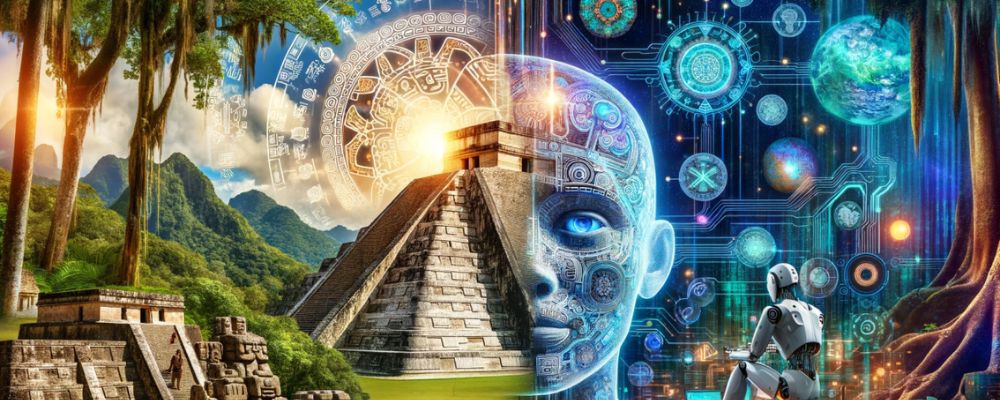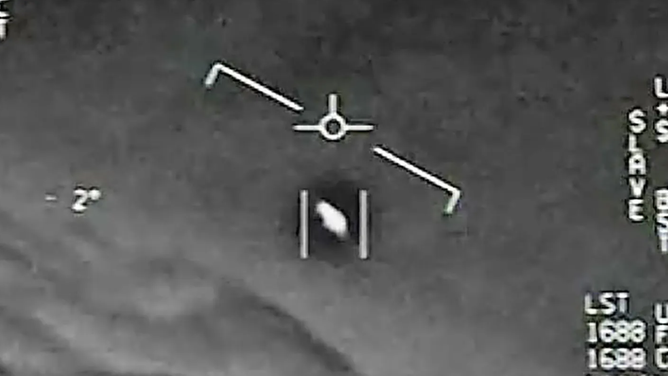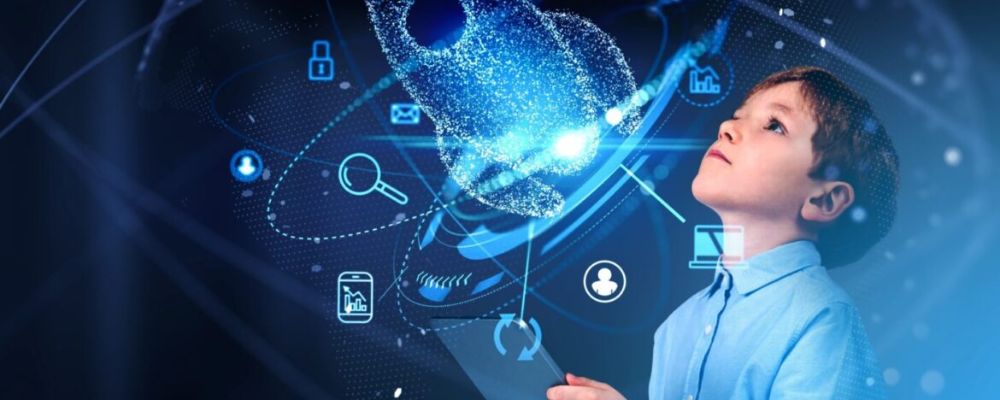
In recent years, artificial intelligence (AI) has become a transformative force in numerous fields, and archaeology is no exception. By leveraging advanced algorithms and machine learning techniques, researchers are now able to unlock ancient secrets and gain insights that were previously out of reach. This blog explores how AI is revolutionizing archaeological discoveries, from uncovering hidden artifacts to decoding ancient texts.
The Role of AI in Archaeology
AI’s ability to analyze vast amounts of data quickly and accurately has proven invaluable in archaeology. Traditional archaeological methods often involve labor-intensive tasks and a high degree of human error. AI, however, can process large datasets from excavations, satellite imagery, and historical records, providing researchers with new ways to interpret and understand ancient sites.
1. Enhancing Site Discovery
One of the most significant contributions of AI to archaeology is its role in site discovery. Machine learning algorithms can analyze satellite images and geographical data to identify potential excavation sites. For instance, AI tools have successfully located ancient ruins and settlements that were previously undetectable through conventional methods. By identifying subtle patterns in the landscape, AI helps archaeologists target their efforts more effectively.
2. Analyzing Artifacts
AI also plays a crucial role in the analysis of artifacts. Advanced image recognition algorithms can classify and catalog artifacts with remarkable precision. This technology allows researchers to study the details of artifacts, such as inscriptions and artwork, without causing damage. AI-driven analysis can reveal hidden features and patterns that might be missed by the human eye, offering deeper insights into ancient cultures.
3. Decoding Ancient Texts
Deciphering ancient texts is another area where AI has made a significant impact. Machine learning algorithms can analyze and interpret inscriptions and manuscripts in various languages, including those that are no longer spoken. AI tools can compare ancient texts with existing linguistic databases, helping scholars decode previously unreadable scripts and understand historical contexts.
4. Predicting Historical Patterns
AI can also assist in predicting historical patterns and behaviors. By analyzing data from various archaeological sites, AI algorithms can identify trends and correlations that might not be immediately apparent. This predictive capability helps researchers formulate hypotheses about ancient civilizations, trade routes, and societal changes.
5. Preserving Cultural Heritage
Finally, AI contributes to the preservation of cultural heritage. Digital reconstruction technologies use AI to create detailed 3D models of archaeological sites and artifacts. These models not only aid in research but also provide virtual access to ancient sites for educational purposes. By preserving digital records, AI ensures that cultural heritage is maintained for future generations.
Conclusion
The integration of AI into archaeology is unlocking new possibilities for understanding our past. From discovering hidden sites to analyzing ancient texts, AI is enhancing our ability to uncover and preserve ancient secrets. As technology continues to evolve, the collaboration between AI and archaeology promises to yield even more groundbreaking discoveries, enriching our knowledge of human history.






